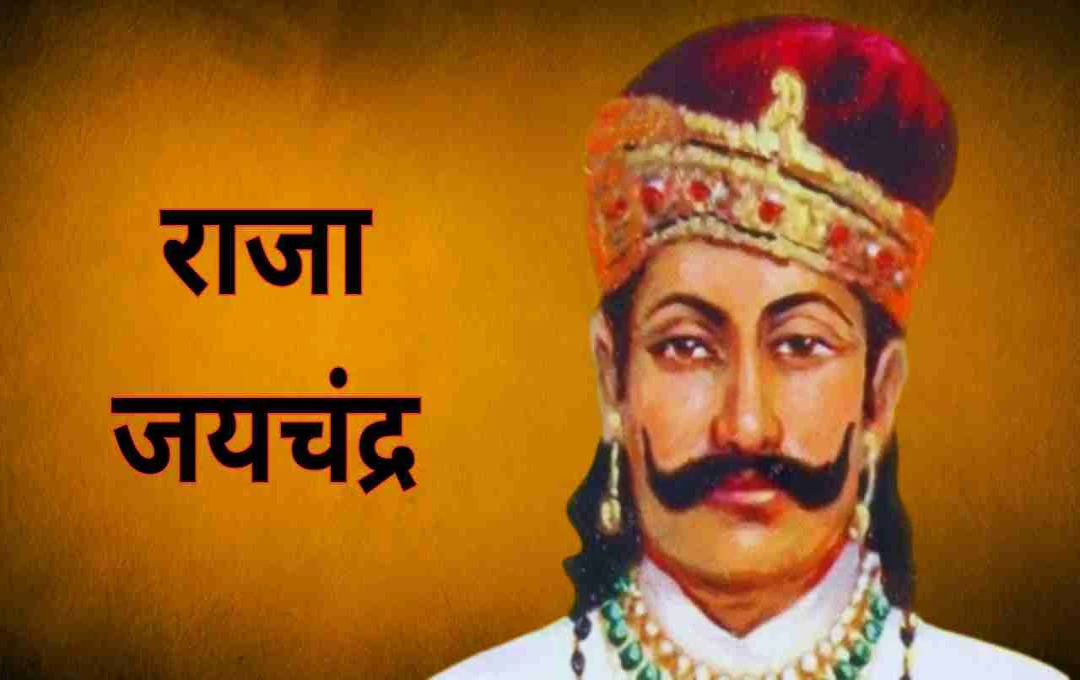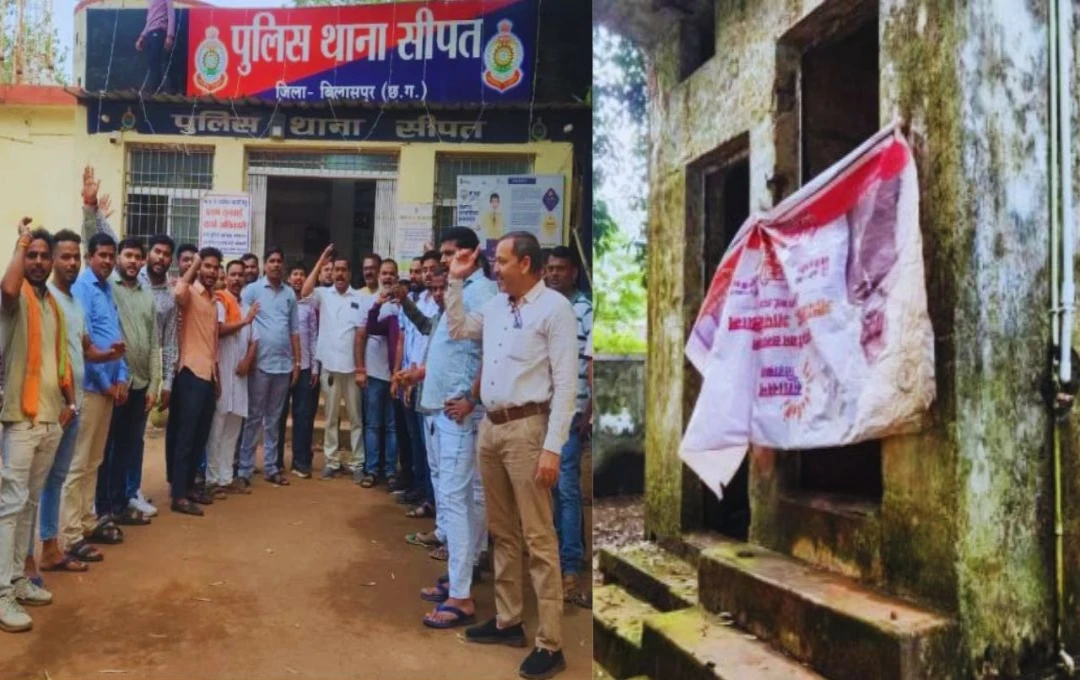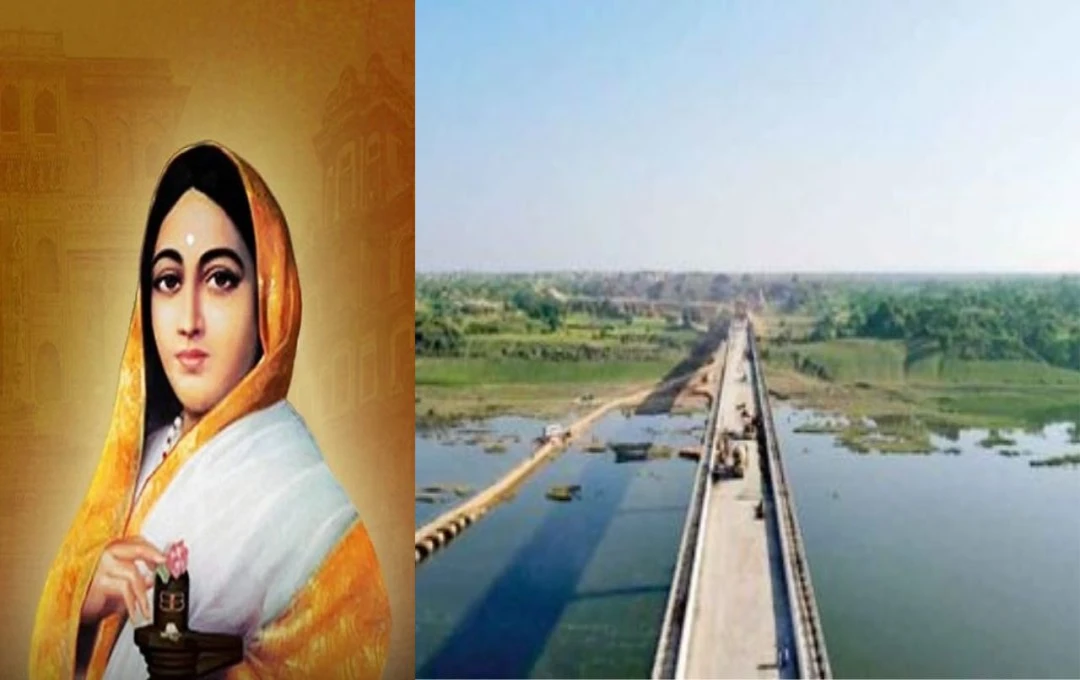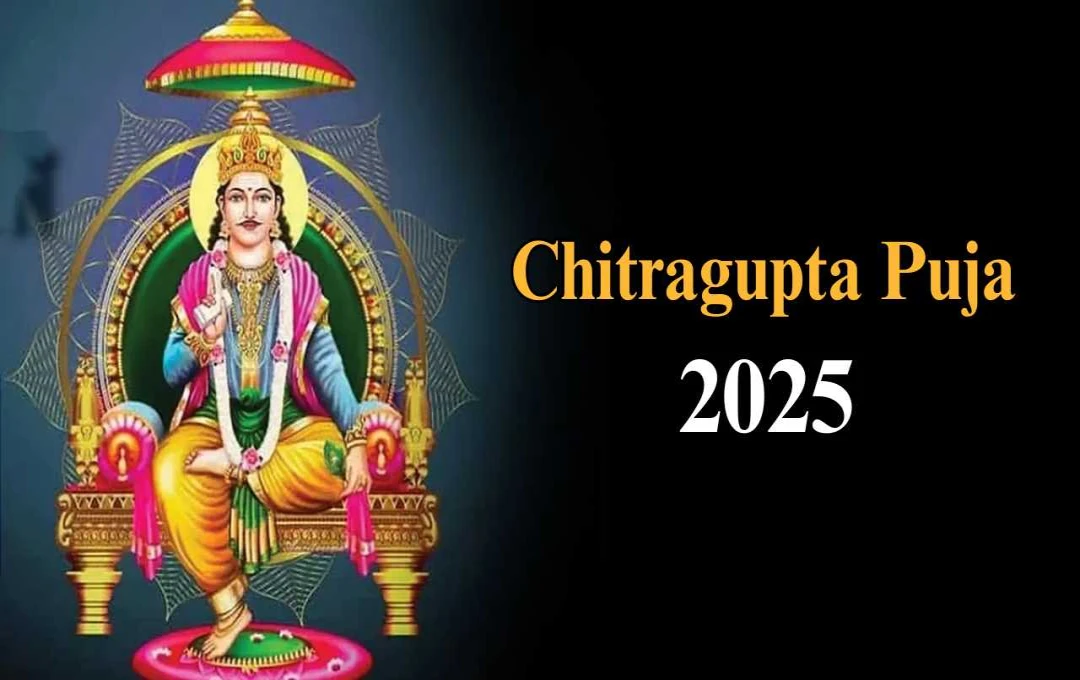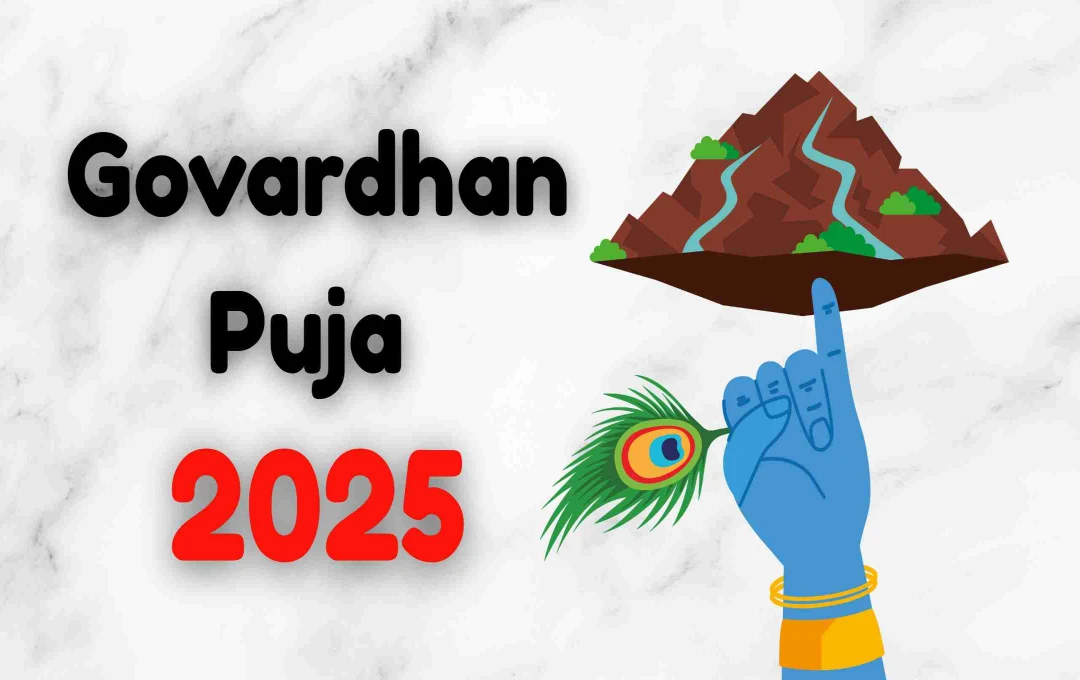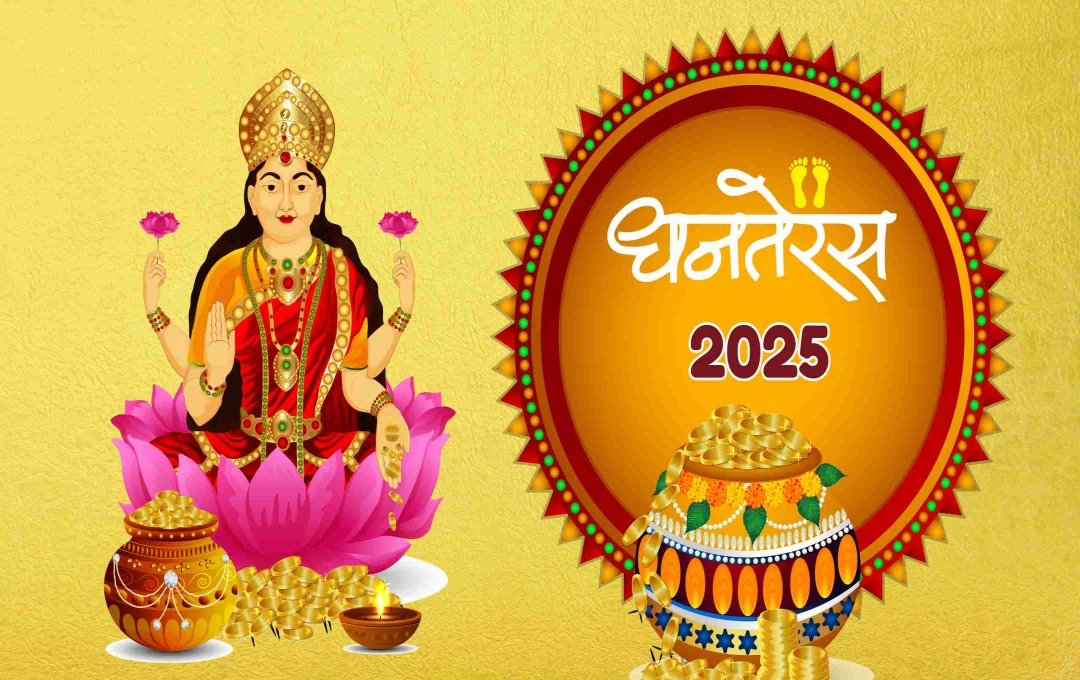In Indian history, there are names that have been reshaped by facts and fiction over time. Jayachandra, known as 'Jaichand' in folklore, is one such king whose historical achievements have been somewhat lost, and whose image has been established as a 'traitor.' This article delves into understanding who Jayachandra truly was, what his reign was like, and how a literary work transformed his historical image.
Expansion and Influence of the Reign
Jayachandra was the last influential emperor of the Gahadvala dynasty in the 12th century. His kingdom encompassed important cities like Kannauj and Varanasi. He held sway over the Gangetic plains at that time, including parts of present-day eastern Uttar Pradesh and western Bihar. He was not only politically powerful but also deeply interested in religious, cultural, and intellectual activities. Numerous inscriptions from his reign, particularly in the Varanasi and Bodh Gaya regions, confirm his contributions to activities such as donating villages, constructing temples, and supporting Buddhist institutions.
Early Life and Coronation
Jayachandra was born as the son of King Vijayachandra of the Gahadvala dynasty. Details of his early life are limited, but the Kamauli inscription indicates that he was enthroned on June 21, 1170 AD. He inherited the titles of his grandfather Govindachandra, such as:
- Ashwa-pati Nara-pati Gaja-pati Rajatrayadhipati — Meaning the lord of cavalry, infantry, and elephant forces.
- Vividha-Vidya-Vichara-Vachaspati — Indicating proficiency in various branches of knowledge.
The Sena Dynasty and Ghurid Invasions
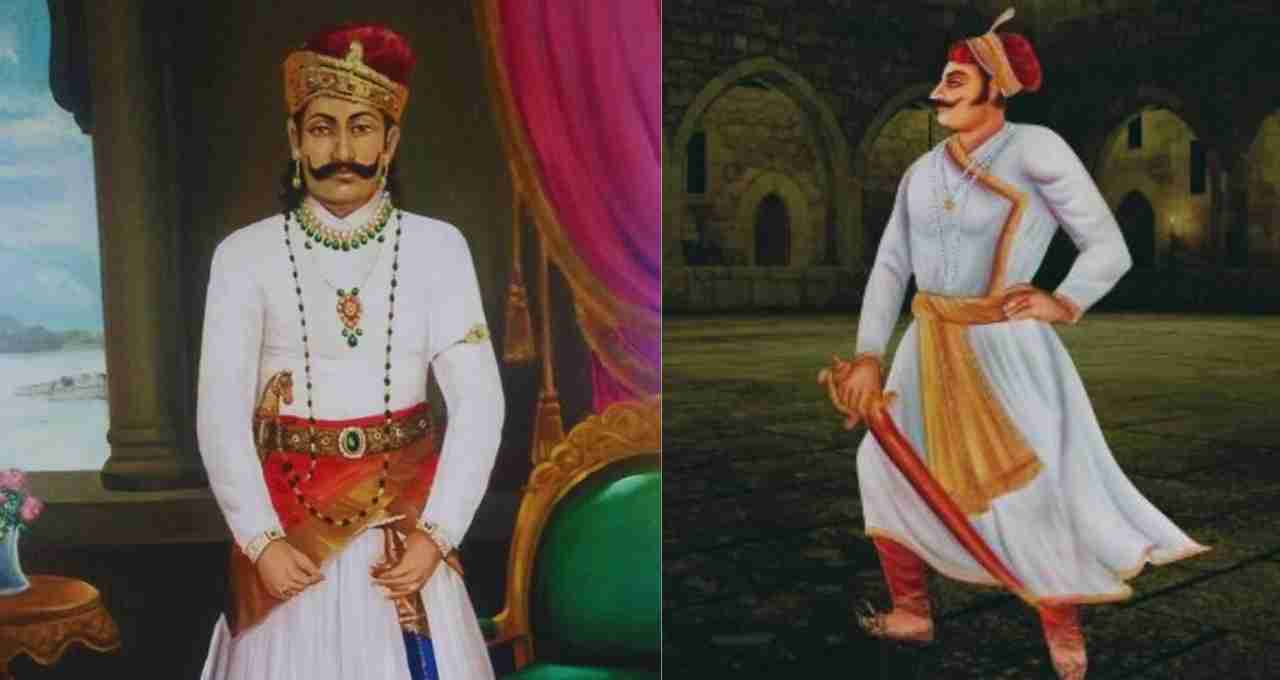
Two major military conflicts mark Jayachandra's reign. The first was the invasion by Lakshmana Sena, the king of the Sena dynasty, which resulted in Jayachandra's retreat from Magadha. The second and decisive conflict was with the Ghurid ruler Muhammad Ghori. In 1194 AD, Jayachandra faced the Ghurid army of 50,000 horsemen from Ghazni on the banks of the Yamuna. He fought valiantly but was ultimately killed. According to historians such as Hasan Nizami and Firishta, Jayachandra was riding an elephant during the battle and died after being struck by an arrow.
Culture and Religion
Jayachandra was not only a warrior king but also a patron of culture and religion. His court was home to many poets and scholars. Poets Bhatta Kedara and Madhukar wrote poetic works on his life, though they are now rare. Religiously, Jayachandra was a complex figure. According to Vaishnava tradition, he was initiated into Krishna devotion by a guru, but after his coronation, he adopted the title 'Parama-Maheshwara,' embracing Shaivism as well. Additionally, an inscription found in Bodh Gaya reveals that he took an interest in Buddhism and supported the construction of Buddhist monasteries.
Prithviraj Raso: History or Fiction?
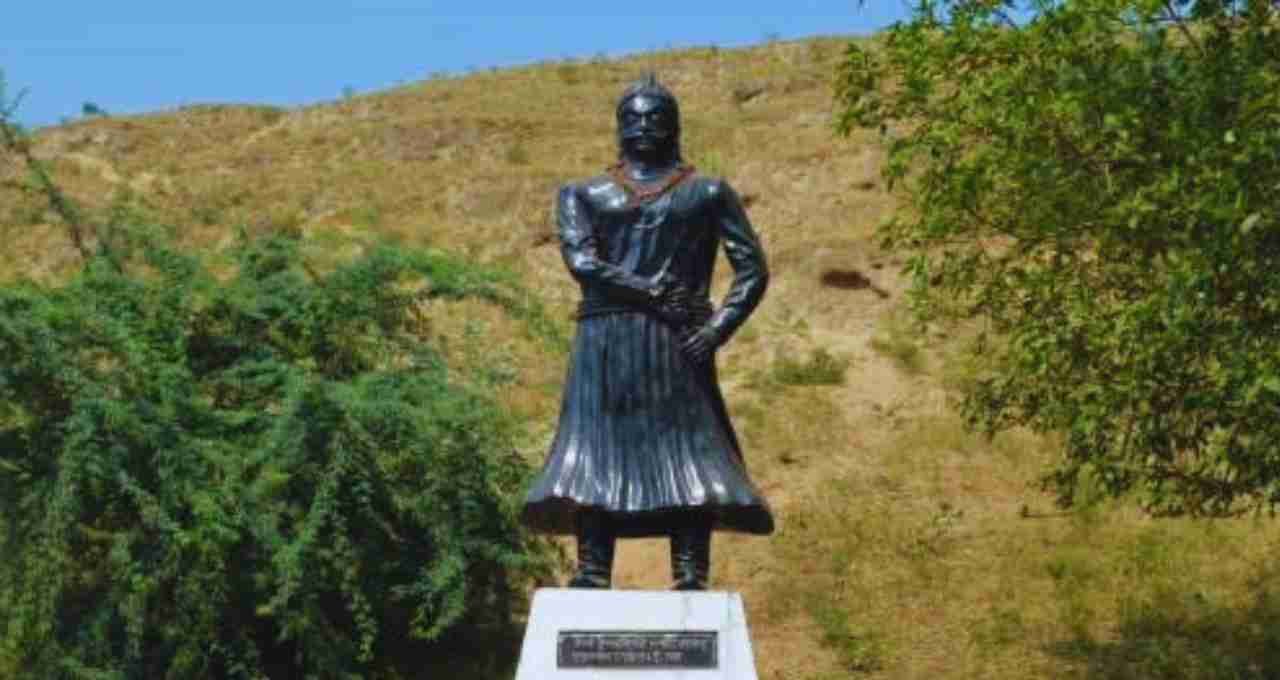
The Prithviraj Raso, written by Chand Bardai, is the text that most influenced Jayachandra's image. In this text, he is portrayed as a traitor, an enemy of Prithviraj Chauhan, who collaborated with Muslim invaders to ensure his defeat.
However, serious questions arise regarding the historical credibility of this text:
- No direct conflict between Jayachandra and Prithviraj is recorded in inscriptions.
- There is no historical evidence for the story of 'Sanyogita's' Swayamvara and abduction.
- Contemporary texts like Prithviraj Vijaya contradict many points made in the Raso.
Historians believe that Prithviraj Raso is a nationalistic heroic composition aimed at alleviating the pain of Muhammad Ghori's conquest of India and glorifying Hindu heroes. In such a context, portraying Jayachandra as a "traitor" became part of that literary objective.
The Legacy of the Name ‘Jaichand’
The irony of history is that Jayachandra, who was a powerful, culturally and religiously enlightened king, became known as a "traitor" in folklore. Even today, calling someone 'Jaichand' is taken as a deep insult. This reminds us of the historical injustice where myths and literary fictions have altered the true identity of an individual.
Jayachandra was an emperor who strengthened culture, religion, and governance in his kingdom. His death marked the beginning of the decline of the Gahadvala dynasty and paved the way for the expansion of Muslim power in North India. However, evaluating him solely through the lens of 'treachery' is a historical error. It is necessary to understand the difference between history and folklore and to view the roles of such rulers objectively.
